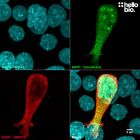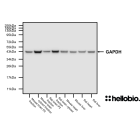HB6381 revealed a 30.7kDa band only present in pEGFP-C2 transfected cells without any cross-reactivity with mCherry or native proteins. Method: HEK293 cells were cultured and transfected following established protocols (Lee et al., 2019. PLoS ONE, 14(5):e0213116) with either pEGFP-C2 or pmCherry-C3 plasmids. After allowing 3 days for expression, lysates were prepared (see our guide on
WB sample preparation) and loaded (equal loading) onto a 15% acrylamide gel alongside a protein ladder (New England Biolabs, P7719S) before being run at 60V for 30 minutes followed by 120V for 100 minutes. Wet transfer to a PVDF membrane was completed in 90 minutes using 400mA. The membrane was blocked for 2hrs in 5% non-fat dry milk before being incubated overnight at 4°C in HB6381 at a 1:8,000 dilution (125ng/ml). Following washing, the membrane was incubated in secondary antibody (1:10,000 dilution, Polyclonal goat anti-mouse HRP conjugated, Sigma Aldrich A3682) for 2hrs. For more detail please see our
Western blotting protocol. Detection was accomplished using Clarity Western ECL substrate (BioRad, 1705061) and a Licor Odyssey Fc imaging system (ECL channel: 10 min exposure, 700nm channel: 30 sec exposure). Following imaging the membrane was stripped with two changes of stripping buffer (
HB7756) before being washed, blocked for 1 hour in 5% non-fat dry milk and incubated in
HB9177 (mouse monoclonal anti-GAPDH, 1:4,000 dilution, 250ng/ml) and
HB7863 (mouse monoclonal anti-HSP60, 1:5,000 dilution, 200ng/ml) for 2 hours at room temperature. Following washing the membrane was incubated in secondary antibody (1:10,000 dilution, Polyclonal goat anti-mouse HRP conjugated, Sigma Aldrich A3682) for 1 hour and visualised again using Clarity Western ECL substrate (BioRad, 1705061) and a Licor Odyssey Fc imaging system (ECL channel: 10 min exposure, 700nm channel: 30 sec exposure).






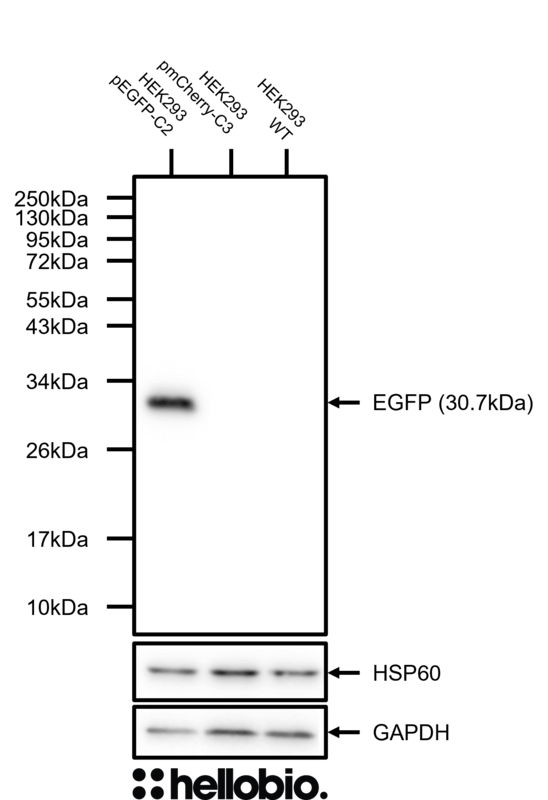

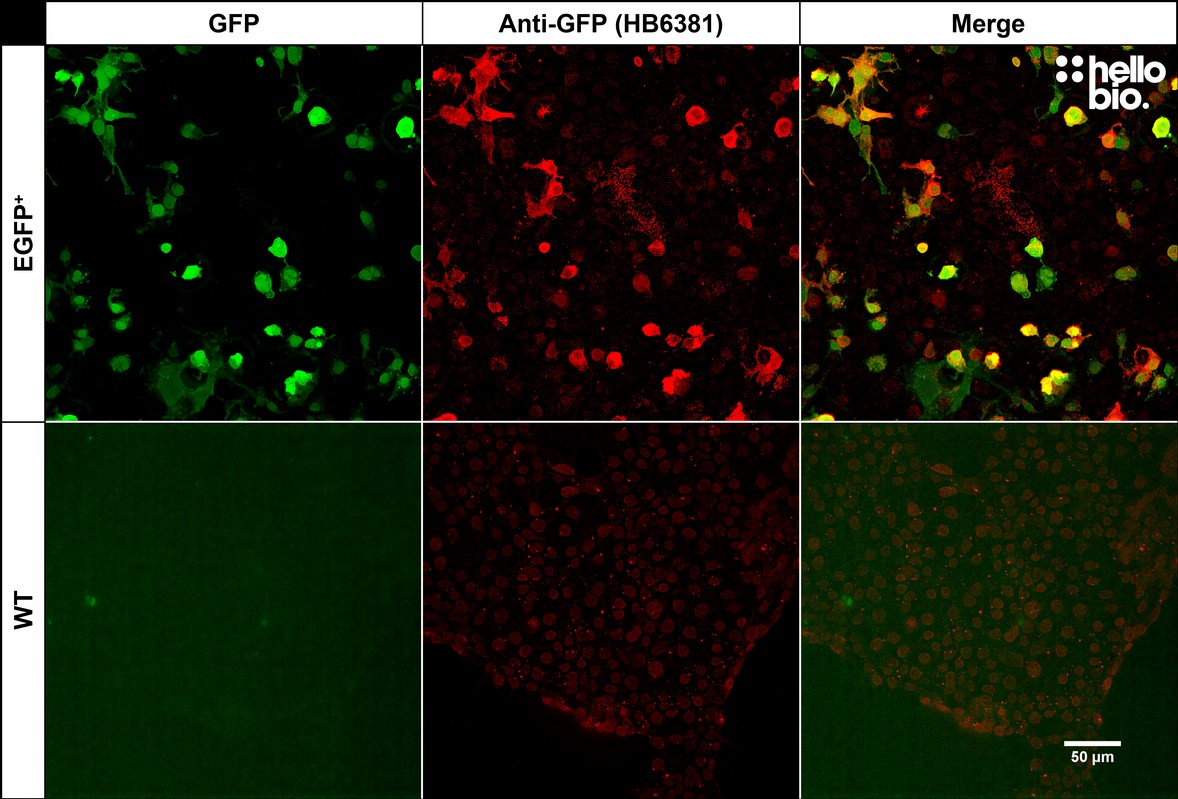
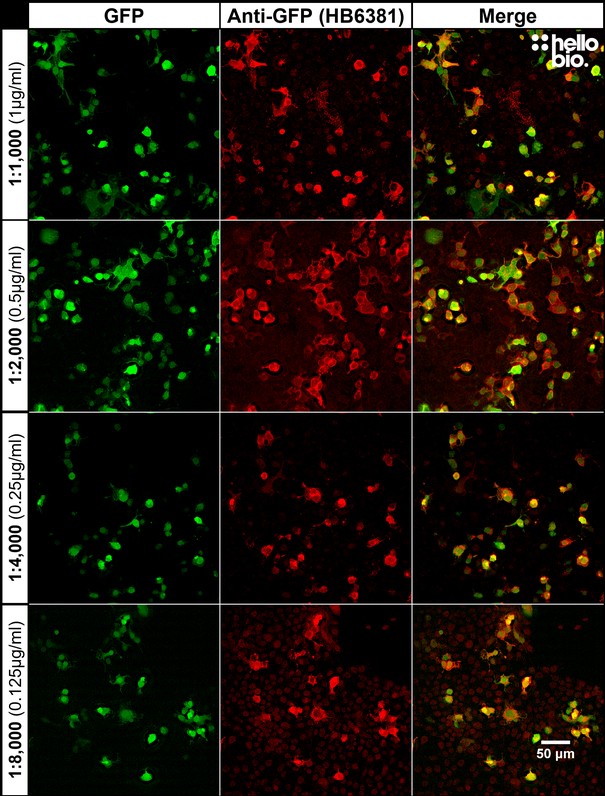
 Paraffin Embedded IHC Protocol (IHC-P)
Paraffin Embedded IHC Protocol (IHC-P)